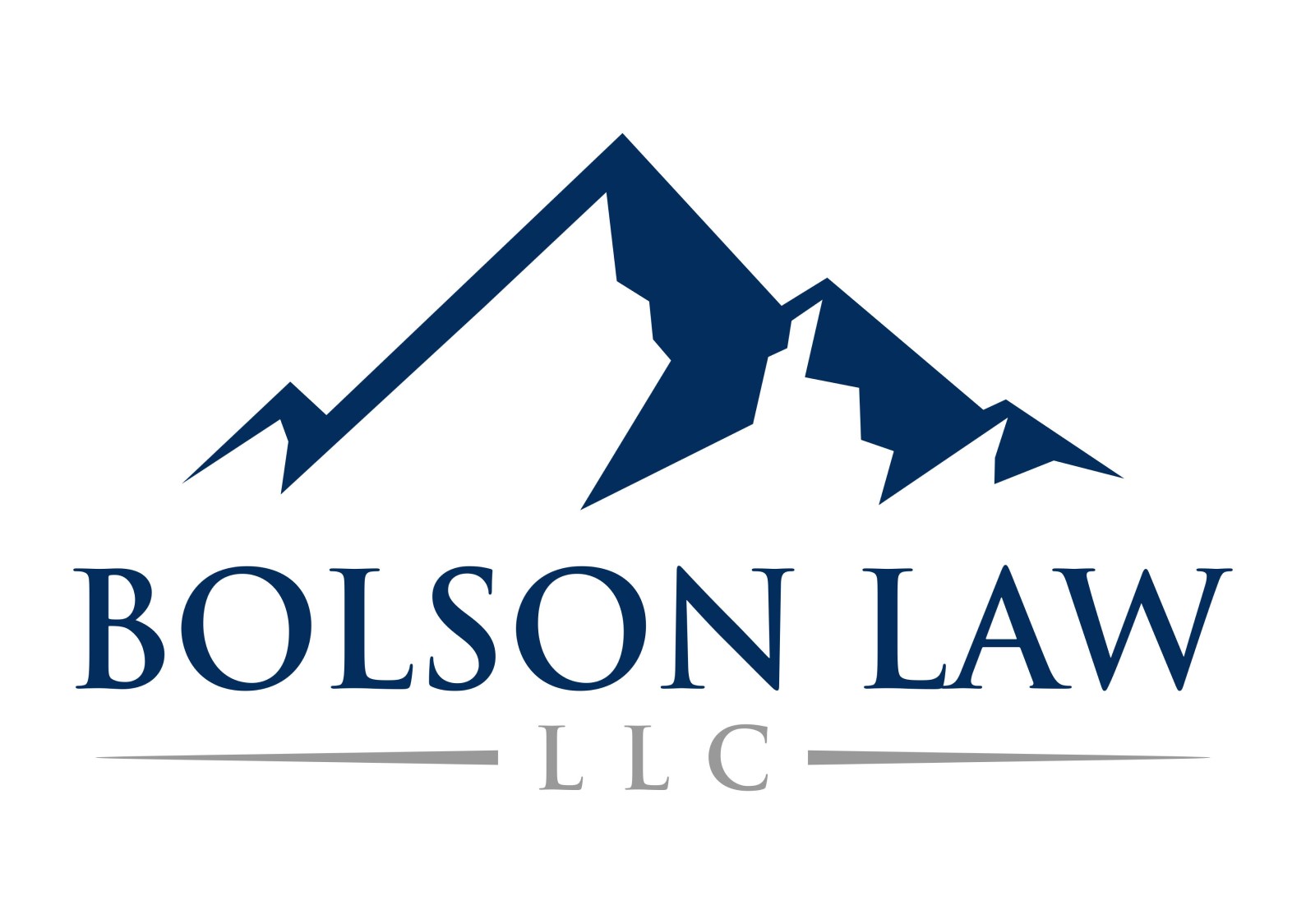Seat Belt Defects
Automobile seat belts are designed to keep passengers safe during a collision. In many cases, they are effective in preventing injuries and saving lives. However, seat belt defects can be dangerous and potentially deadly. In this blog entry, we will discuss some of the most common seat belt defects and the risks associated with them.
1. Buckle Failure: The buckle is the mechanism that holds the seat belt in place. If it fails, the seat belt may not be able to secure the passenger properly, leading to injury or death. Buckle failure can be caused by a variety of factors, such as design flaws, manufacturing defects, or wear and tear.
2. Inertial Unlatching: Inertial unlatching occurs when the seat belt becomes unlatched during a collision due to a sudden change in speed or direction. This can be caused by a weak latch, improper installation, or other factors. Inertial unlatching can lead to the passenger being ejected from the vehicle or being thrown around the interior during a collision.
3. Webbing Failure: The webbing is the fabric portion of the seat belt that extends across the passenger's chest and lap. If the webbing is defective, it may tear or fray during a collision, leading to the passenger being ejected from the vehicle or being thrown around the interior.
4. Retractor Failure: The retractor is the mechanism that controls the length of the seat belt. If the retractor is defective, it may fail to retract properly or may not lock in place, leading to the seat belt becoming loose or ineffective.
5. Design Defects: Some seat belt defects may be the result of poor design, such as seat belts that are too short or too long, or seat belts that do not fit properly over certain body types. These design defects can lead to the seat belt being ineffective in protecting the passenger during a collision.
If you suspect that your seat belt is defective, it is important to act immediately. Contact your vehicle manufacturer or a qualified mechanic to have the seat belt inspected and replaced if necessary. In the event of an accident, if you believe that a defective seat belt contributed to your injuries, you may be able to pursue legal action against the manufacturer.
Automobile seat belts are an important safety feature that can prevent injuries and save lives. However, defects in seat belts can be dangerous and potentially deadly. If you have concerns about your seat belt, don't hesitate to have it inspected and replaced if necessary. Stay safe on the road!
